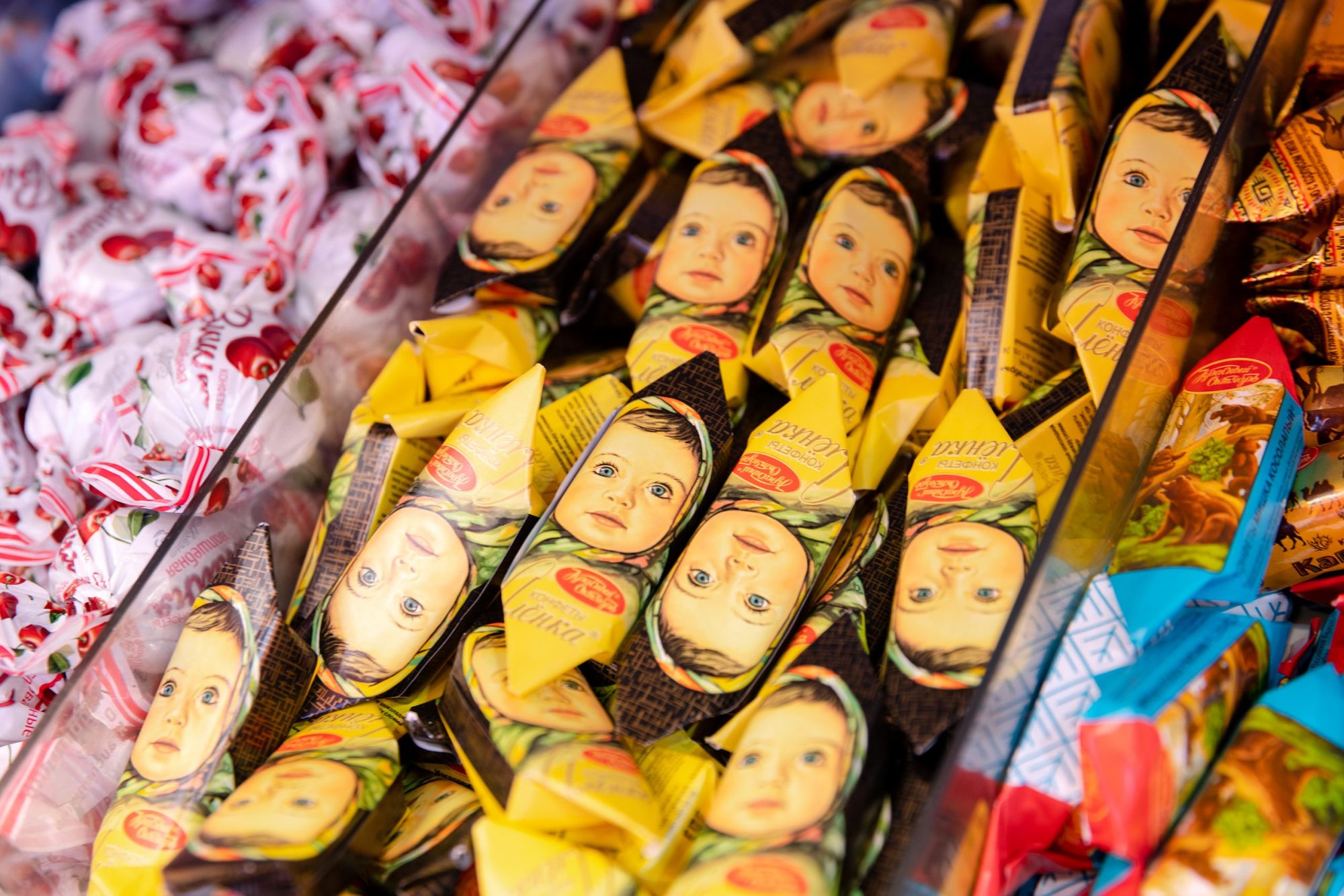It is not surprising that countless Russian, Ukrainian, and Belarusian people have found their home in Budapest (and, of course) in Hungary in recent decades. What is perhaps more interesting is that although they did not form a unified, closed world like the Chinese in Chinatown (which I wrote about here), they did create an authentic atmosphere at quite a few places. In the second episode of the series presenting the everyday life of the diasporas in Budapest, with a small team, we set off to get to know them.
The Russians, from the beginning of the 20th century, started west in several waves. Emigration first began during World War I, but a larger percentage of immigrants chose Berlin, Prague, and Paris as their destinations. Later, when the situation became worse, they stopped more and more often “halfway”, in the Central and Eastern European countries, such as Hungary. At the same time, it is a fact that the relationship between Russia and Hungary has been quite hectic in recent centuries. The Soviet occupation after the world wars was not just about internal and external political struggles, much more about the people it affected. About families that have been torn apart by history and about families that have been created just because of it. From the 1940s onwards, there were many mixed marriages between Russian soldiers and Hungarian women, while later, from the 1950s, many engineers and diplomats arrived, who eventually also started a family here. Hungarian specialists also often found jobs in other countries of the Soviet Union and returned home with wives from abroad.

One would think that after the change of regime the process stopped, but on the contrary: to this day there is a lot of movement between the two countries and many Russians (as well as Ukrainians, Belarusians, Armenians, Georgians) choose Hungary as their second home. There are no accurate statistics about their number, even they don’t know exactly how many they are. The general estimate is 20,000, but there are those who say they can reach up to 100,000. Many have assimilated, but there are (especially from the first generation) some, who prefer to consider themselves as residents and socialize in the Russian community. Interestingly, unlike for the Chinese, Budapest is not the only popular place to live—as a person from Zala, I often saw for example, that in the spa towns on the shores of Lake Balaton (Keszthely, Hévíz, etc.) where there is thermal water, Russian inscriptions can be read everywhere as many people live here or come here on holiday from the east.
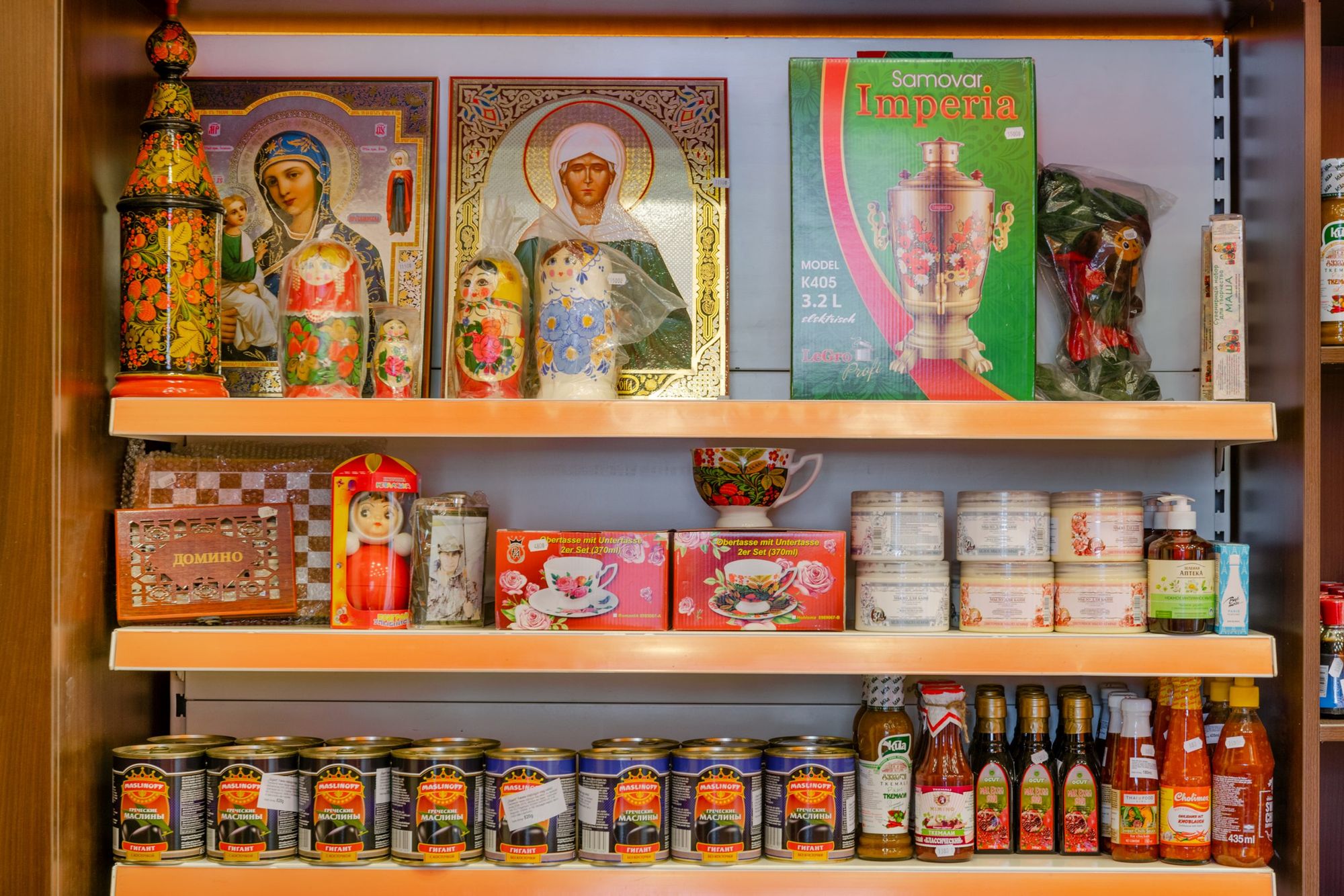
Of course, as with any diaspora, they are also looking for domestic flavors and products that provide comfort in foreign conditions. From the middle of the 20th century, many small shops were opened in the country, but mainly for soldiers: the Southern Group of Forces, which was stationed here between 1945 and 1947 and then from 1956 until 1991, created a reliable customer base. Later, immigrants also searched for foods for which they could not find a Hungarian equivalent, such as canned fish, kvass, and types of alcohol. Perhaps the best-known business that still exists today is Arbat. (The name refers to one of the oldest streets in Moscow, the origin of the word is probably Arabic and means suburb.) It was founded by Natalia Humensky and her husband 27 years ago, primarily for Russian customers living here. Due to the huge interest, they also operated a restaurant in the past, where different authentic dishes were served every day, and the store became a chain of stores with 12 units across the country. Of course, domestic customers also discovered it for themselves (for example, members of the older generation who remembered the products from their childhood), but due to a lot of logistics, the task eventually overwhelmed them, so they only operate two stores in Budapest, on Teréz Boulevard and Dembinszky Street.
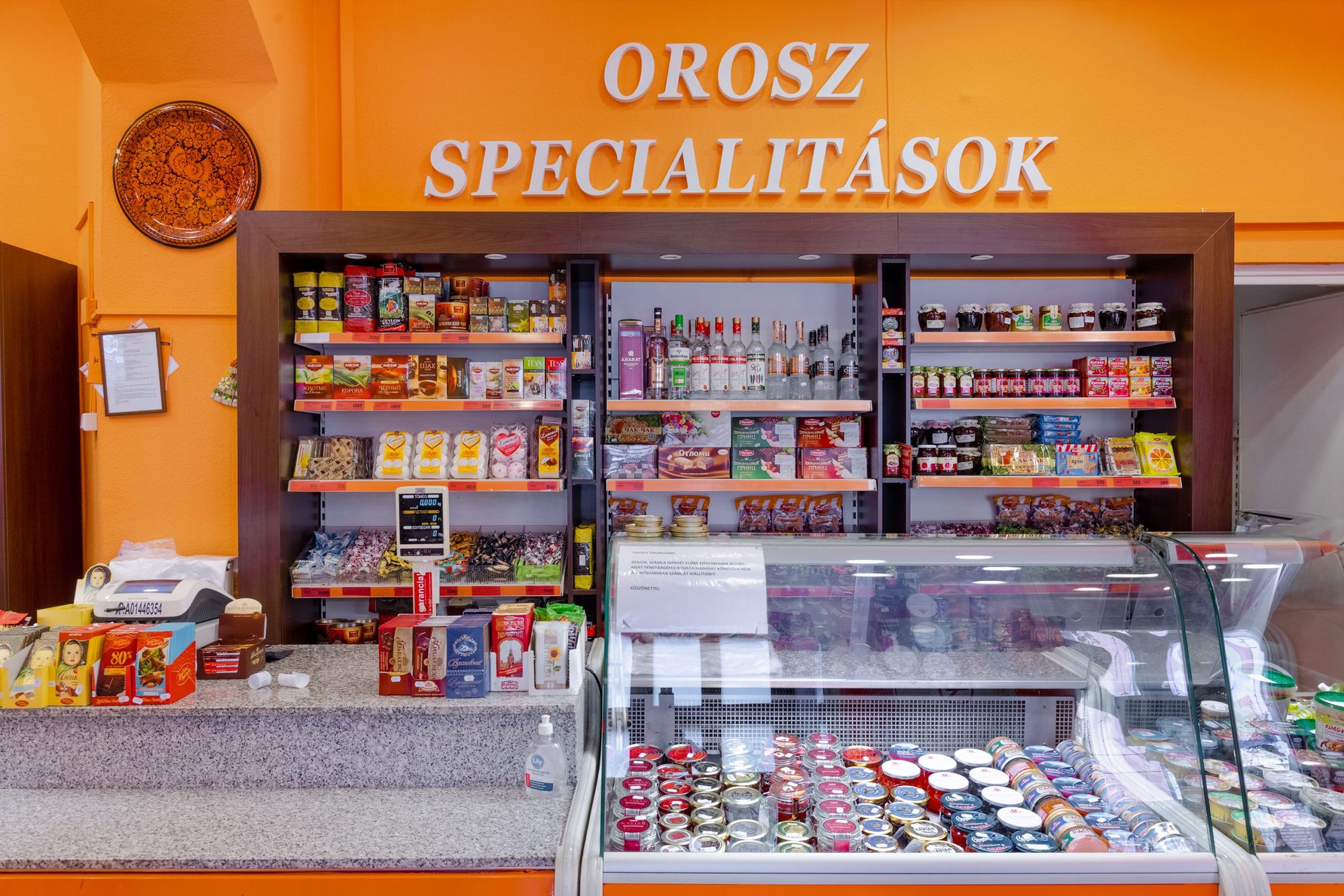
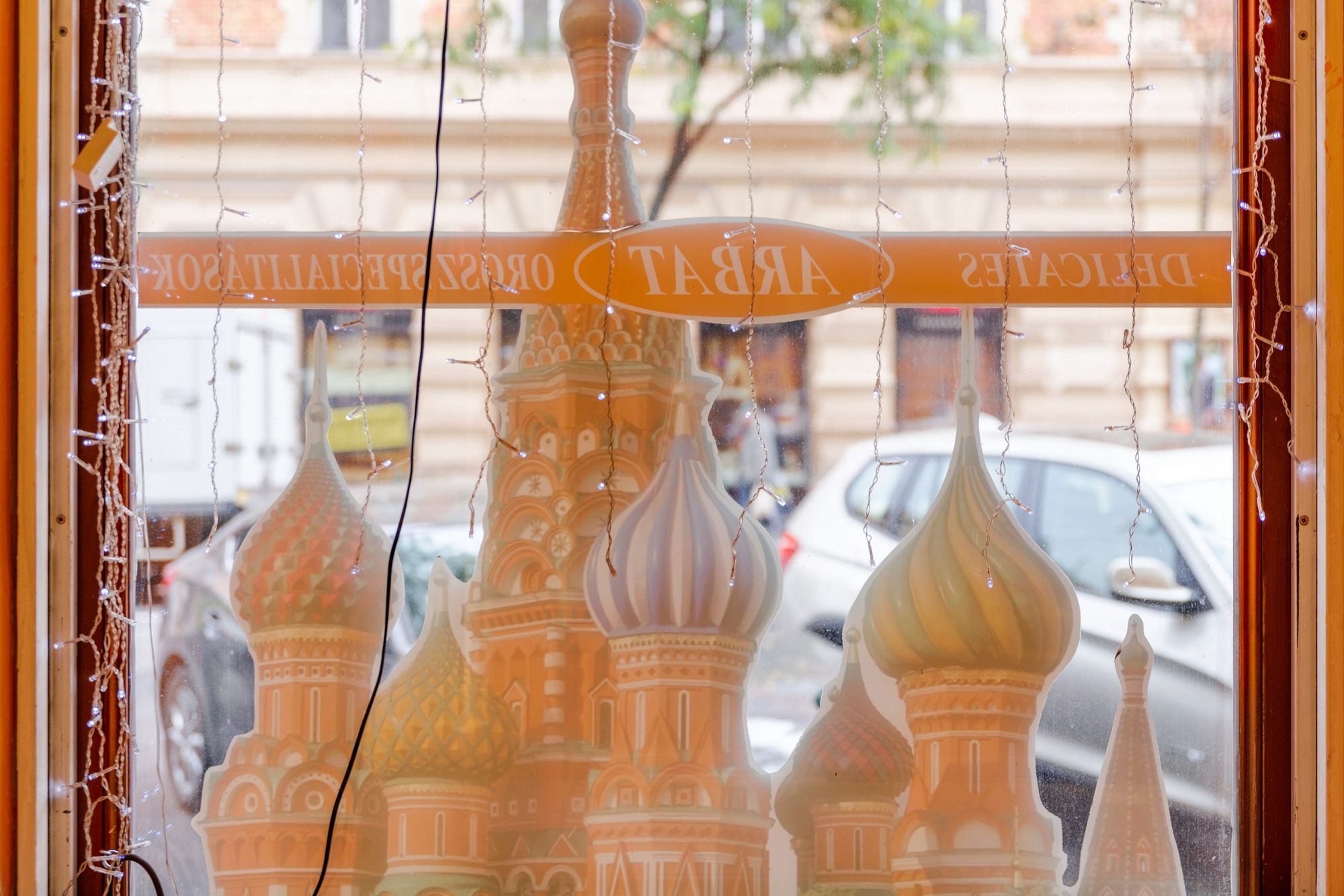
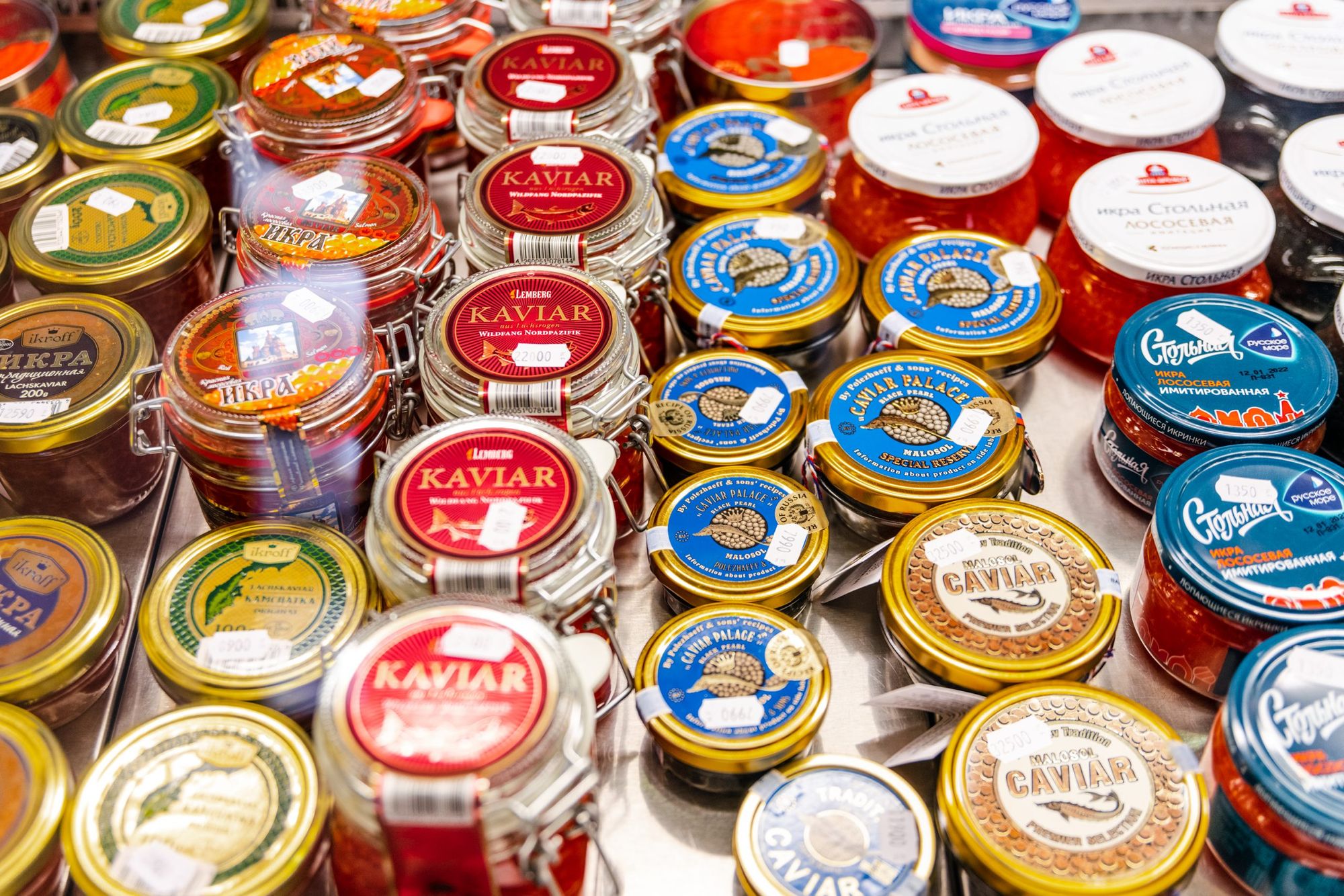
They also tried to partner with Hungarian stores, but customers didn’t jump at the opportunity—perhaps it has something to do with an unspoken resistance in many people because of the past. By the way, most of the Russian products available in Arbat are made in Germany or Ukraine, because our EU membership makes it much easier to import them into the country. There are many varieties of dried fish and cereals available, as well as specialties such as red caviar and birch and cranberry juice (these plants also grow in the subarctic climate zone). Among the candies, pralines, for example, you can also find a Hematogen caramel bar, the special feature of which is that it contains albumin extracted from cow’s blood and has been given to children against iron deficiency. It is also important to mention dairy products, which are fatter, fuller—the famous plombir, that is milk ice cream, as well as the Russian “túró rudi” can also be bought. There is no sharp border anyway, so Georgian adjika or Ukrainian borsch are available too.
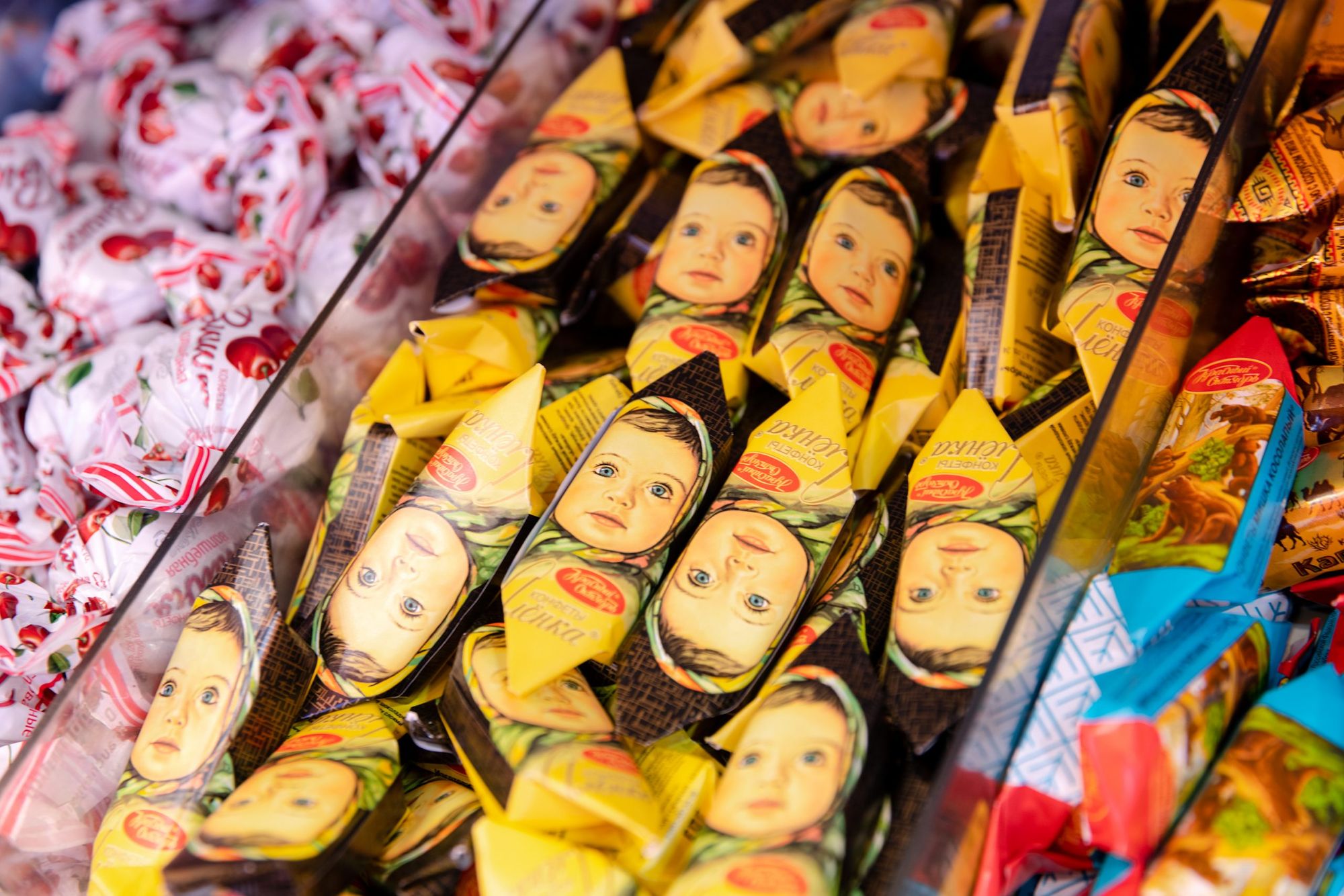
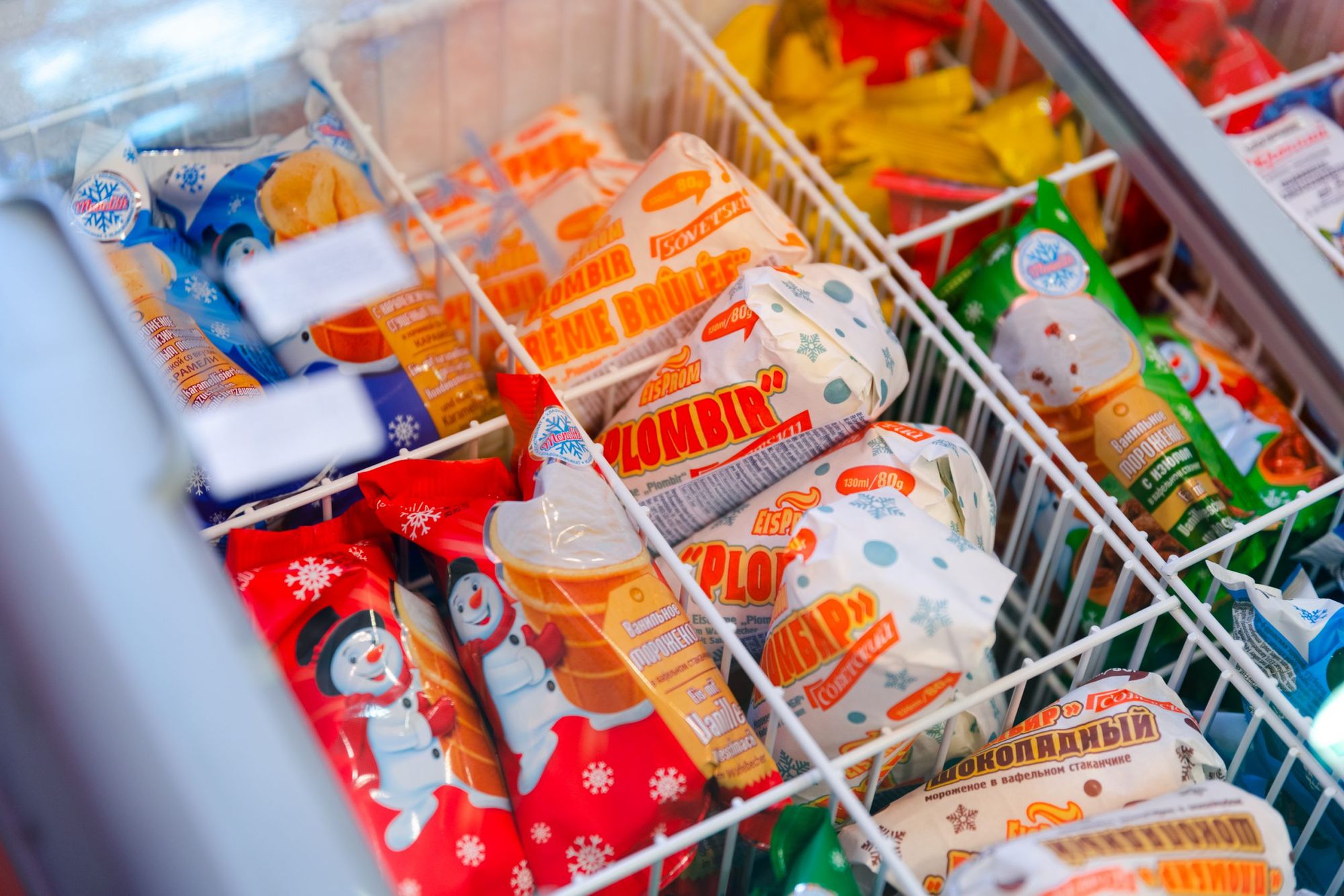
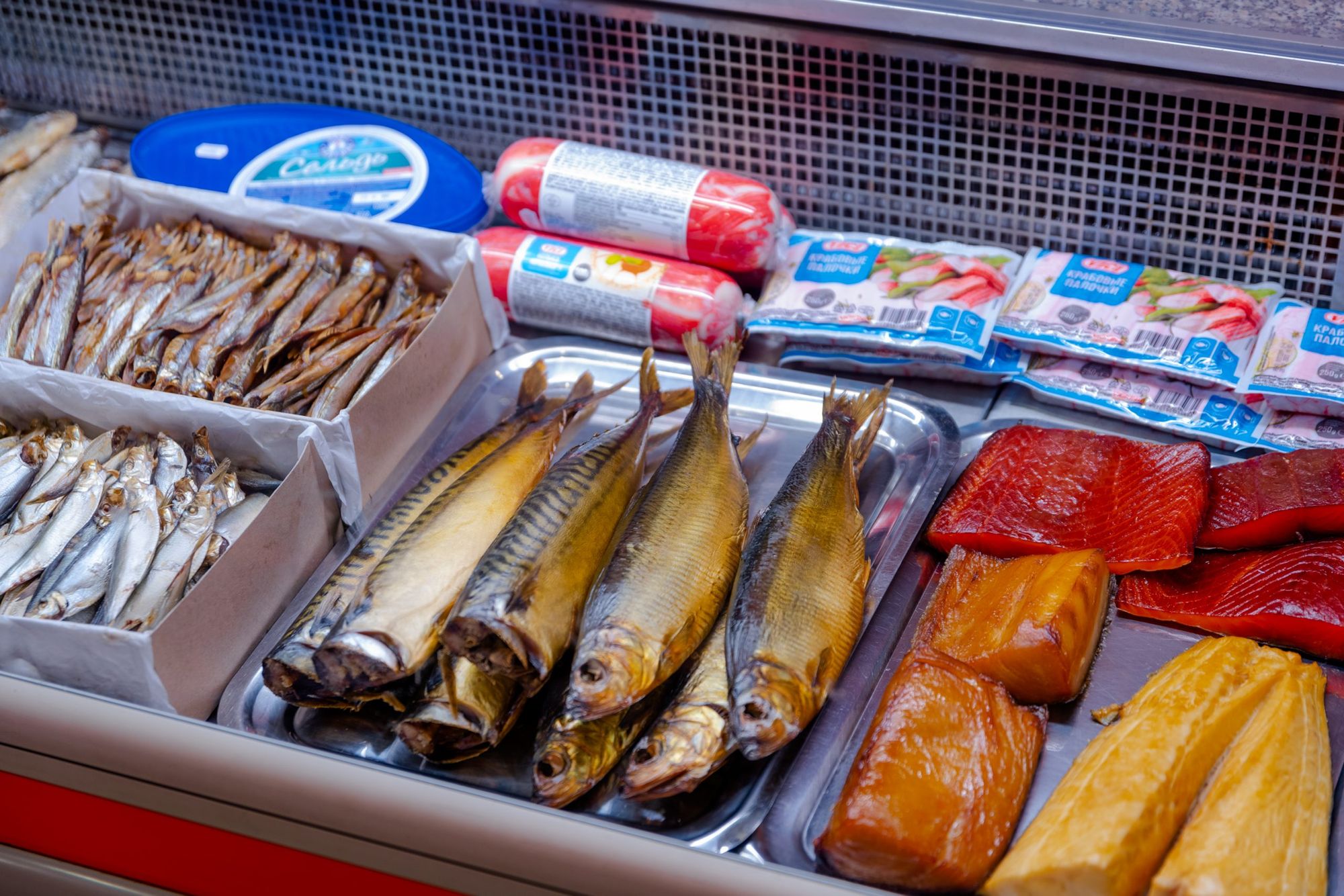
Of course, if you want to taste it, it’s best to go to a place where they cook from original recipes. The Ukrán Udvar (Ukrainian Courtyard—free translation) on Ráday Street was opened by Marina Bilyk in 2018. She arrived in the country with her husband in 2013 and then operated a confectionery called Cseresznyéskert (Cherry Garden—free translation), but received many requests to show the dishes from Ukraine, so she moved to the area around Kálvin Square. The interior itself is authentic, with striped tablecloths instead of checkered ones, and there is no “Hungarianization” in the field of food either: everything is served as it is beyond the border. The goal is to show what perfect hospitality is like and create a feeling of home for guests. Instead of a trendy bar, this is a real family restaurant, it is no coincidence that 80% of the guests are Hungarian. Marina shows recipes inherited from her childhood—it is interesting, by the way, that Ukrainian cuisine is very diverse, as it has been shaped by many influences along the borders and we can only talk about original recipes in the middle of the country.

The menu is not short of rich, saucy dishes and they pay attention to every detail, so most of the ingredients also come from Ukraine. As she says, somehow everything is different, sour cream is more full-bodied, the oil smells different than the Hungarian version. This is perhaps best appreciated when the sourdough, treacly dark rye bread with caraway seeds is dipped in it, which is otherwise offered alongside many dishes. The borsch soup is full of beets, cabbage, carrots that are a little crunchy, and the beef is extremely soft. In addition to the must-have sour cream, there is also an incredibly creamy, soft fat on the plate, which is different from what is usual in Hungary. There is also Chicken Kyiv, which has been given a crispy coat and buttery filling, as well as mashed potatoes with butter. A real full-bodied, festive food. There is no Russian or Ukrainian restaurant without pelmeni and vareniki: the former is folded into a tortellini shape and stuffed with a mixture of meat and served with vinegar and sour cream, the latter more closely resembles a crescent-shaped dumpling and is often filled with potatoes or cabbage. These stuffed dumplings appear in many parts of the world, tailored to the country everywhere, it’s exciting to get to know the Ukrainian version as well as the pirozhki, which is similar to a small stuffed lángos. The most amazing is clearly the sirnyiki, which is a cloud-like cottage cheese griddle cake with sour cream and fruit sauce—one might seriously think about giving up Hungarian cottage cheese dumplings forever in exchange.
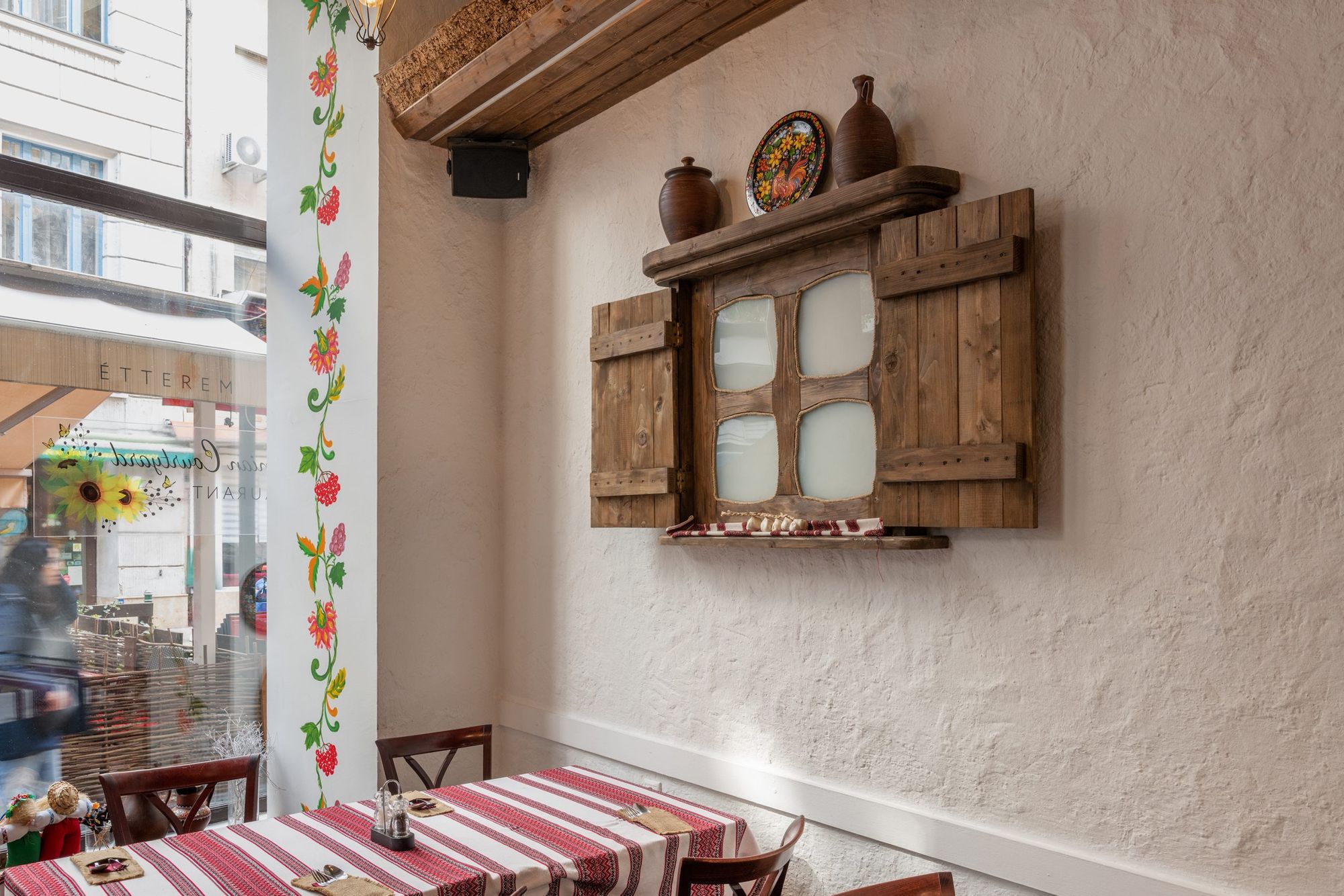
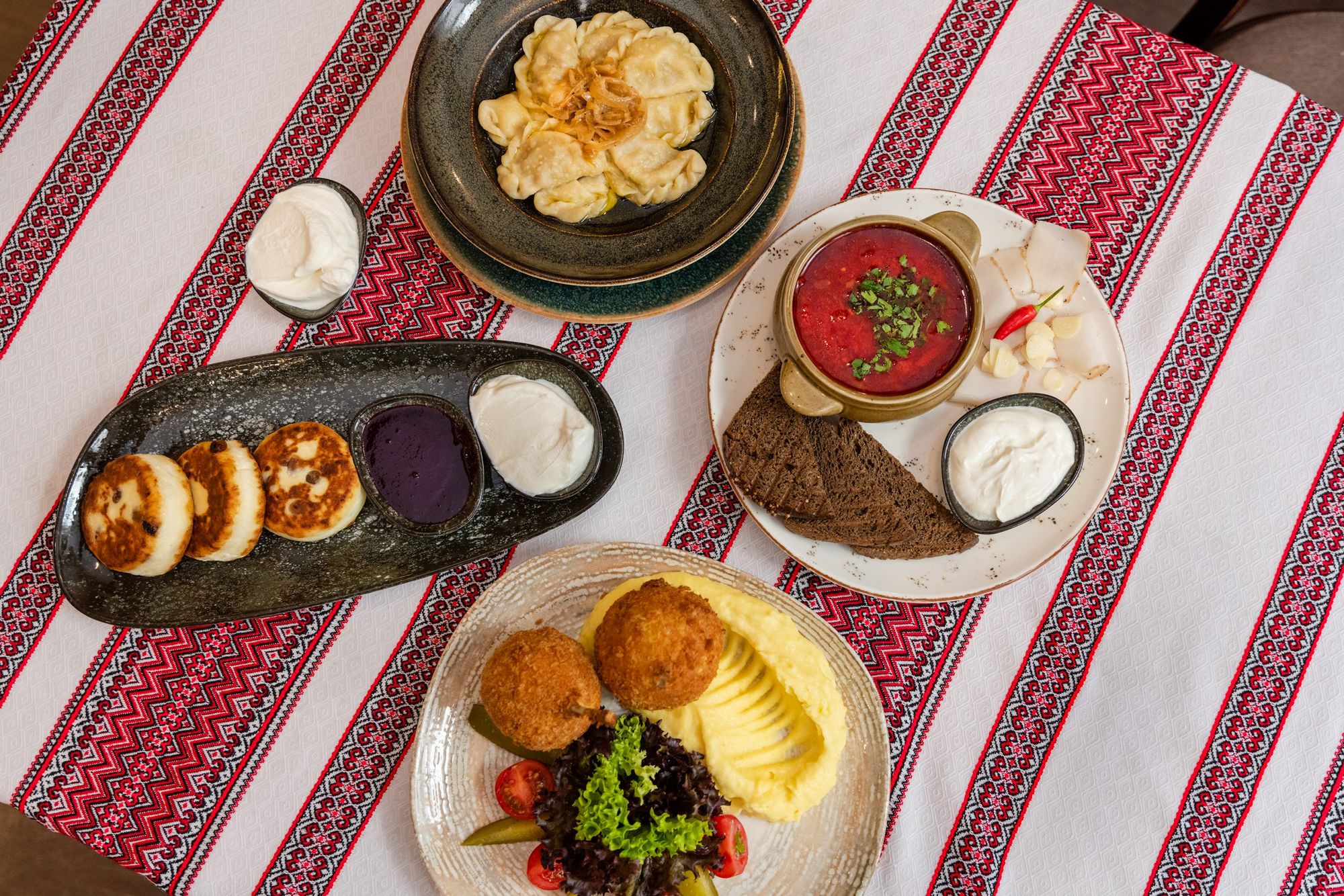
On the other side of the Danube, in Lövőház Street between the Mammut malls, we meet the same coziness. Natalia Vainovskaya came from Minsk as an engineer with her Hungarian husband she met abroad. While working at the Paks Nuclear Power Plant for years and raising three children, she expressed a feeling that she wanted to do something that would allow for more creativity. Driven by a sudden idea, she started working as a florist and opened a small shop behind the Komjádi Swimming Pool while constantly training herself. It was a great success, but she longed for something new again, so she went back to Minsk, where she also opened a shop, introducing the people there, for example, to Valentine’s Day or Halloween. However, the absence of her family called her back, and in the meantime, the pandemic came: well, she started cooking. She’s always been pretty adept at this, plus she realized the blessing, positive, soul-pleasing and people-connecting effects of cooking, so she opened the Gurman Bistro on Lövőház Street last November with the support of her kids, just when everything closed.
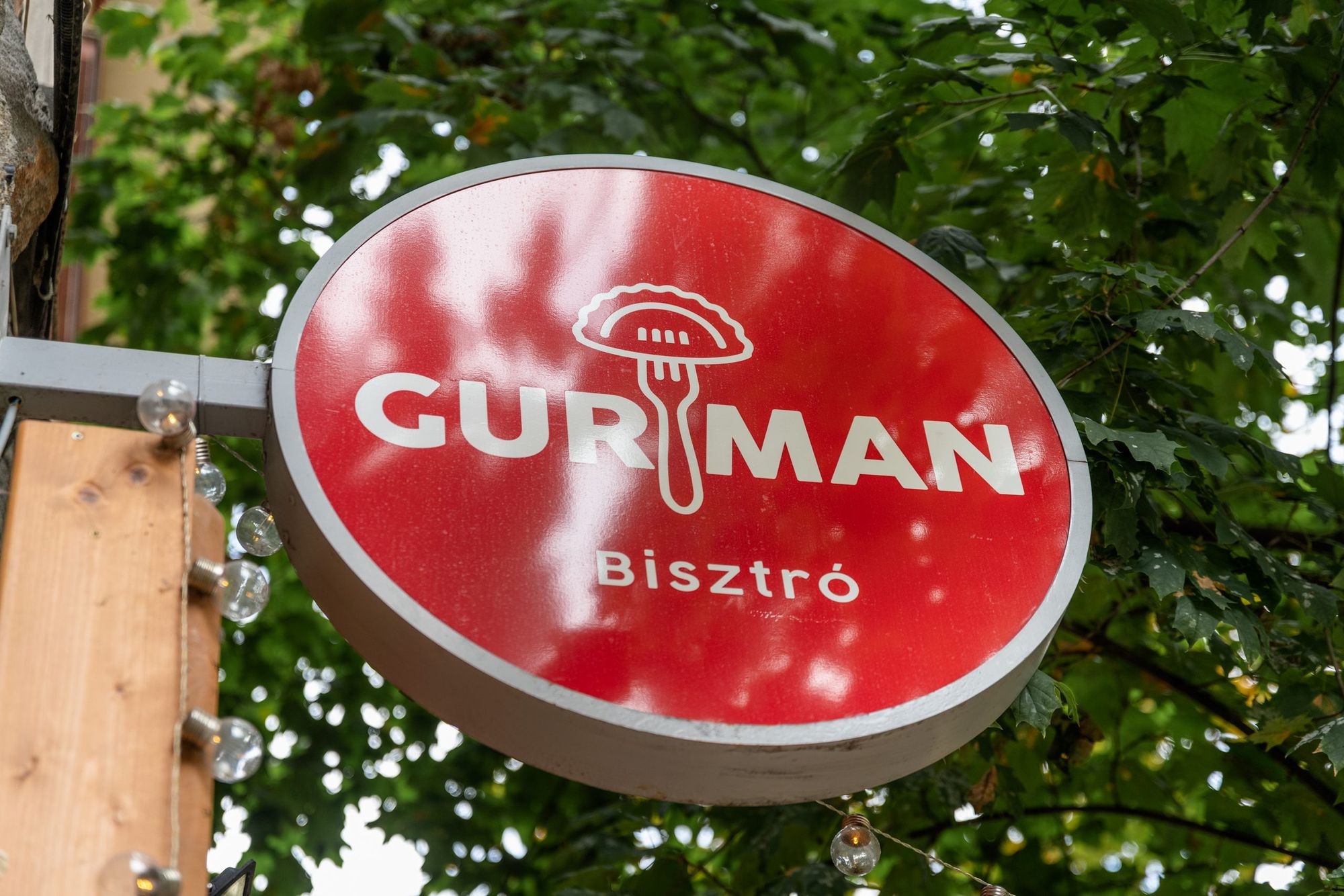
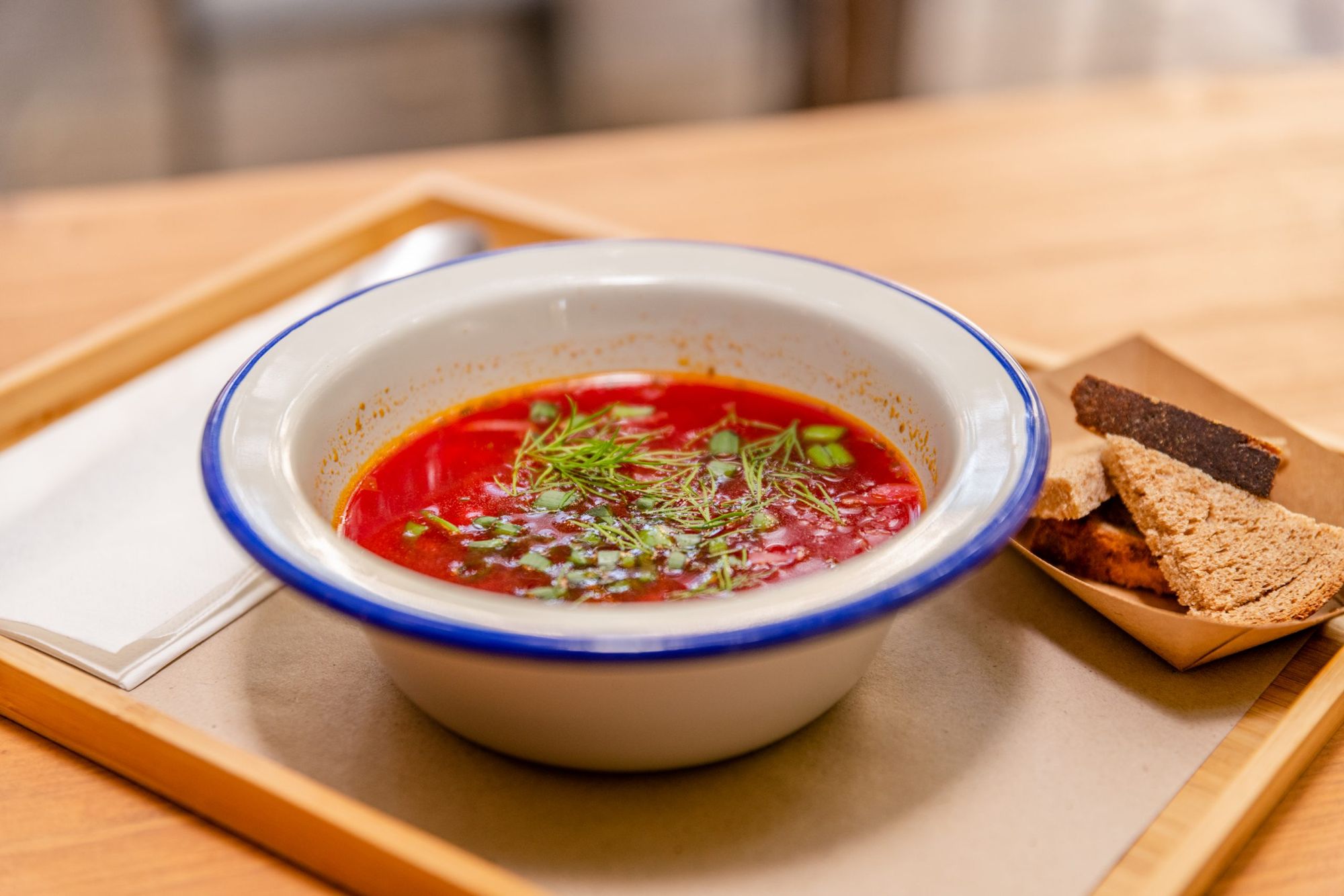
Because of her endless humor and warm, maternal hospitality, the locals immediately locked her in their hearts, not to mention divine dishes like borsch, homemade dumplings, secretly spiced apple pie, and a spicy apple juice that warms the soul. There are many exciting details in the meals, for example, she realized that Hungarian beets are much less sweet than at home (in Russia it is also used to make sugar, like sugar beet here), but in Belarus, for example, sea buckthorn, tomatoes and arugula also grow, so she uses these if their quality is good, of course in addition to dill and horseradish. Soon she’ll be changing course again and starts traveling, and the business is continued by her daughter, so you’d better hurry if you want to catch her for a few words.


In addition to more homemade dishes, many from Russia may remember the tsarist splendor, majestic materials such as rich brocade, velvet, gold, and the kind of pursuit where everything has to be perfect and there is no half-solution. What could be a better example of this than the confectionery, to be more specific, Alena Garannikova and her dessert workshop, Cake & More by Garannikova. Alena came from Siberia a few years ago, when her Hungarian-born mother also decided to move home. She brought with her not only her husband and two sons, but her entire team, as she had a popular confectionery in Chita, close to the Mongolian-Chinese border. She found the store on Podmaniczky Street by accident, and at that time she had no idea that the Russian Embassy was nearby. For a very long time only the people of Terézváros, and of course the Russians knew it, but thanks to the fact that András Jókuti, the author of the Világevő (World Eater—free translation) blog, stumbled upon it, the avalanche started and often long lines stood in front of the store. Here, by the way, you can’t eat on the spot, due to the size, but you can admire and take away the wonderful cakes and pastries they make.
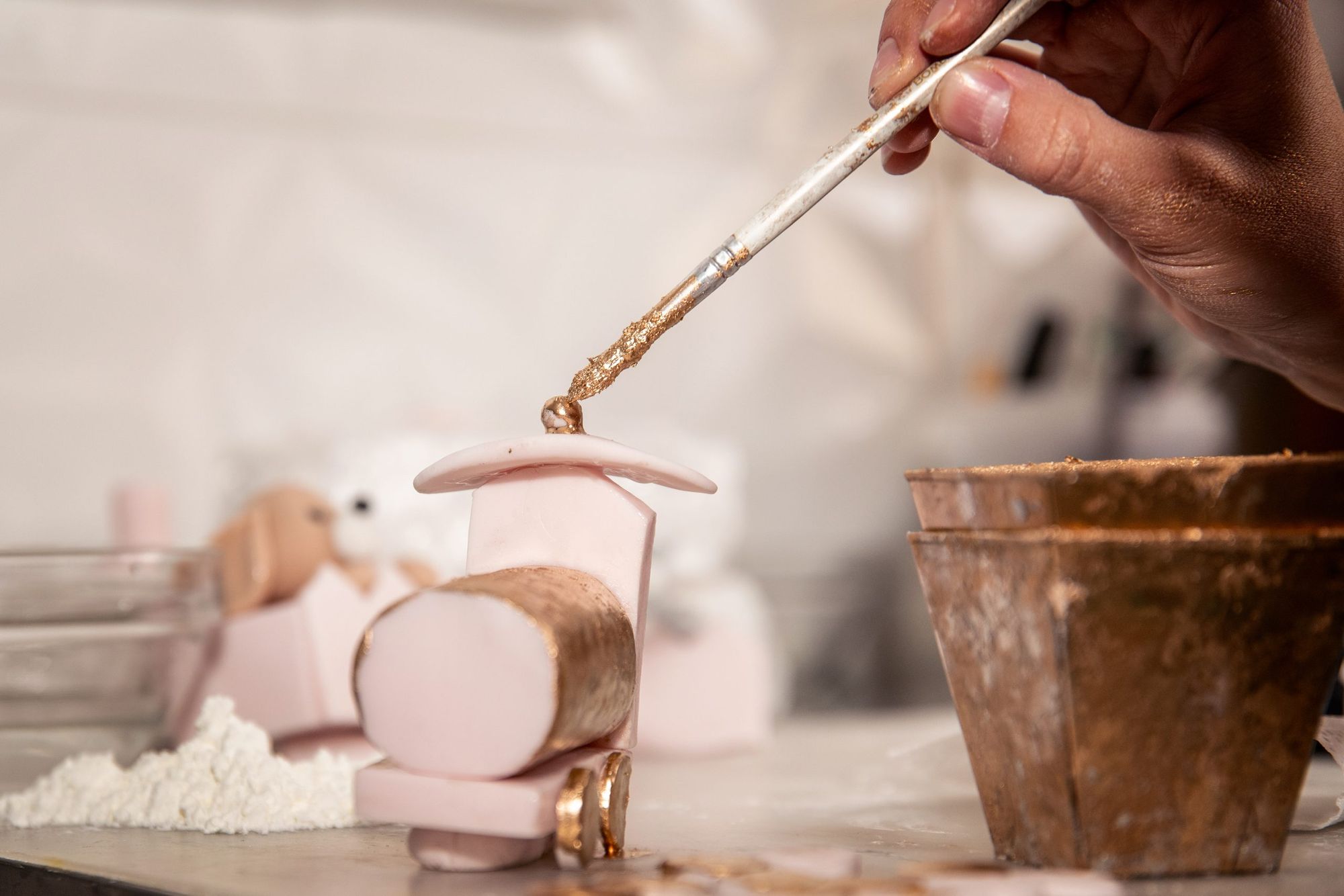
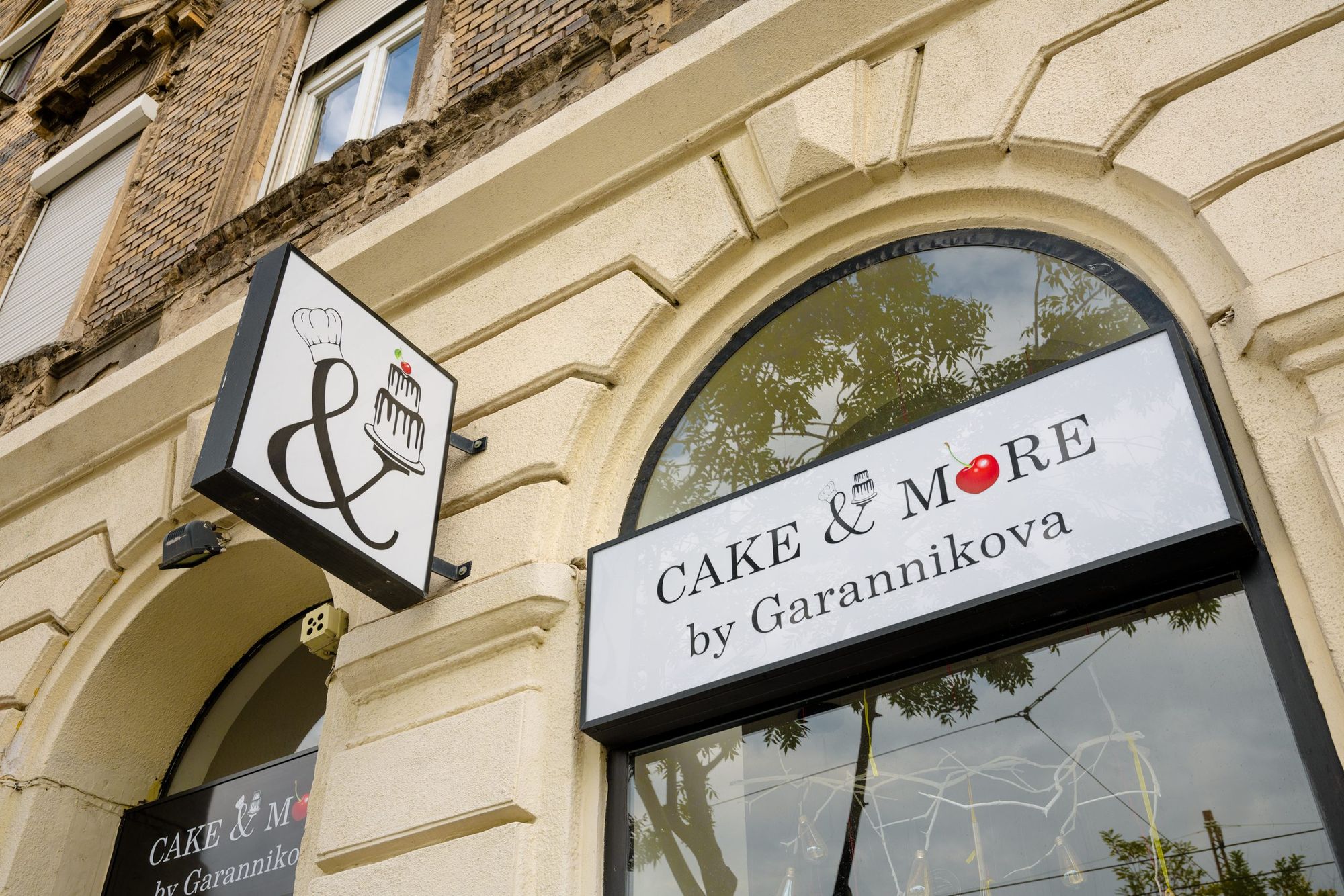
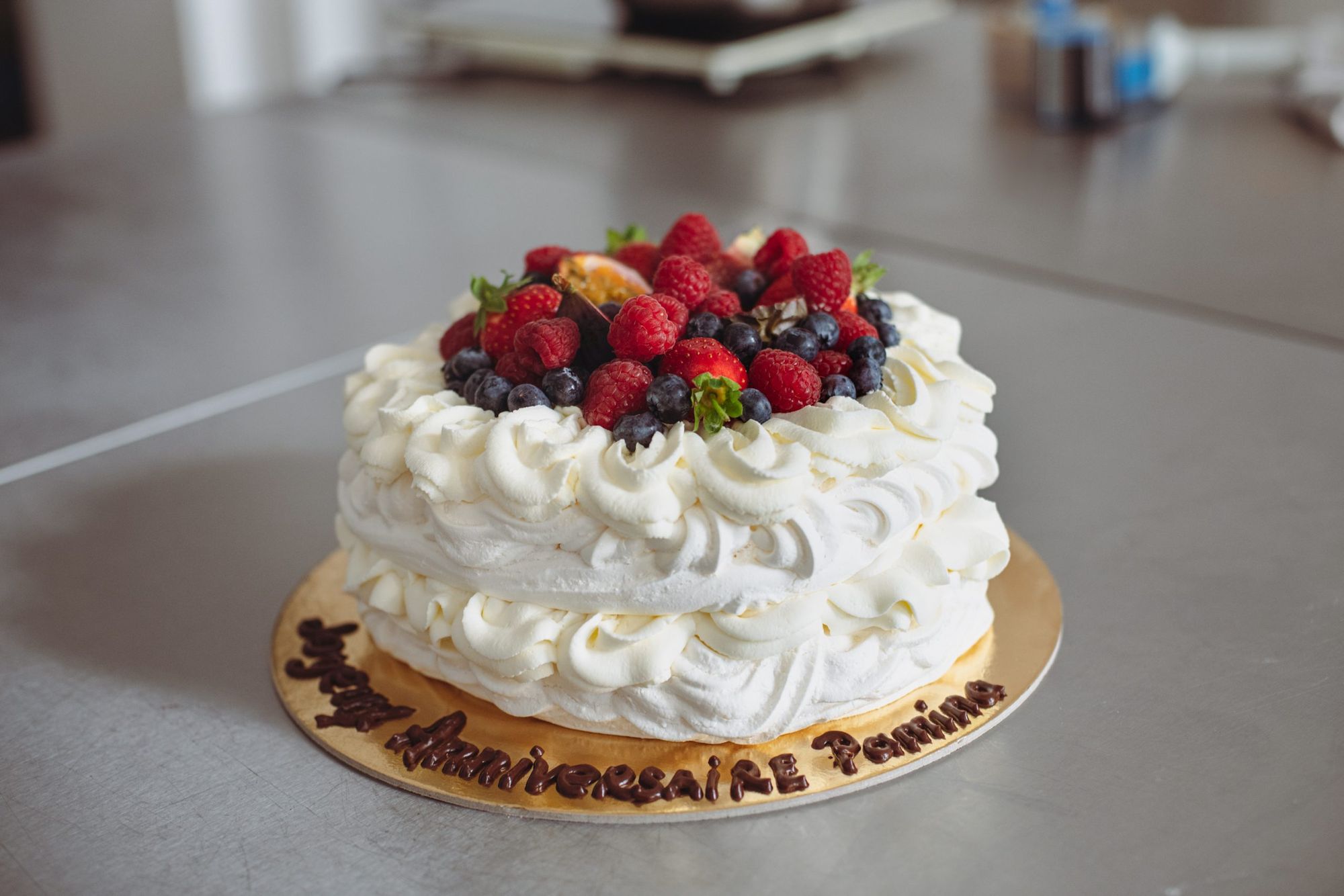
Although eclair variations were available during the week of our interview, Russian and Siberian cakes almost always make an appearance. Such as the Napoleon, which is a kind of cake with soft sheets and amazingly buttered cream, or the Russian Heart, which is a transcript of Medovik (Russian cake). On themed days, the Kyiv or Moscow cake also pops up, featuring pine nuts and sea buckthorn, which are original Siberian elements, but fusion recipes are not uncommon either: Alena herself grew up having a bejgli (Hungarian cake usually for Christmas) on the table just like a pavlova. There is no compromise in either work ethic or raw materials—the modesty and pace of the way they work are incredible. As she says, this is the imprint of Siberia: there, the expectations are high, if you want to survive, you have to set goals and do everything for them.
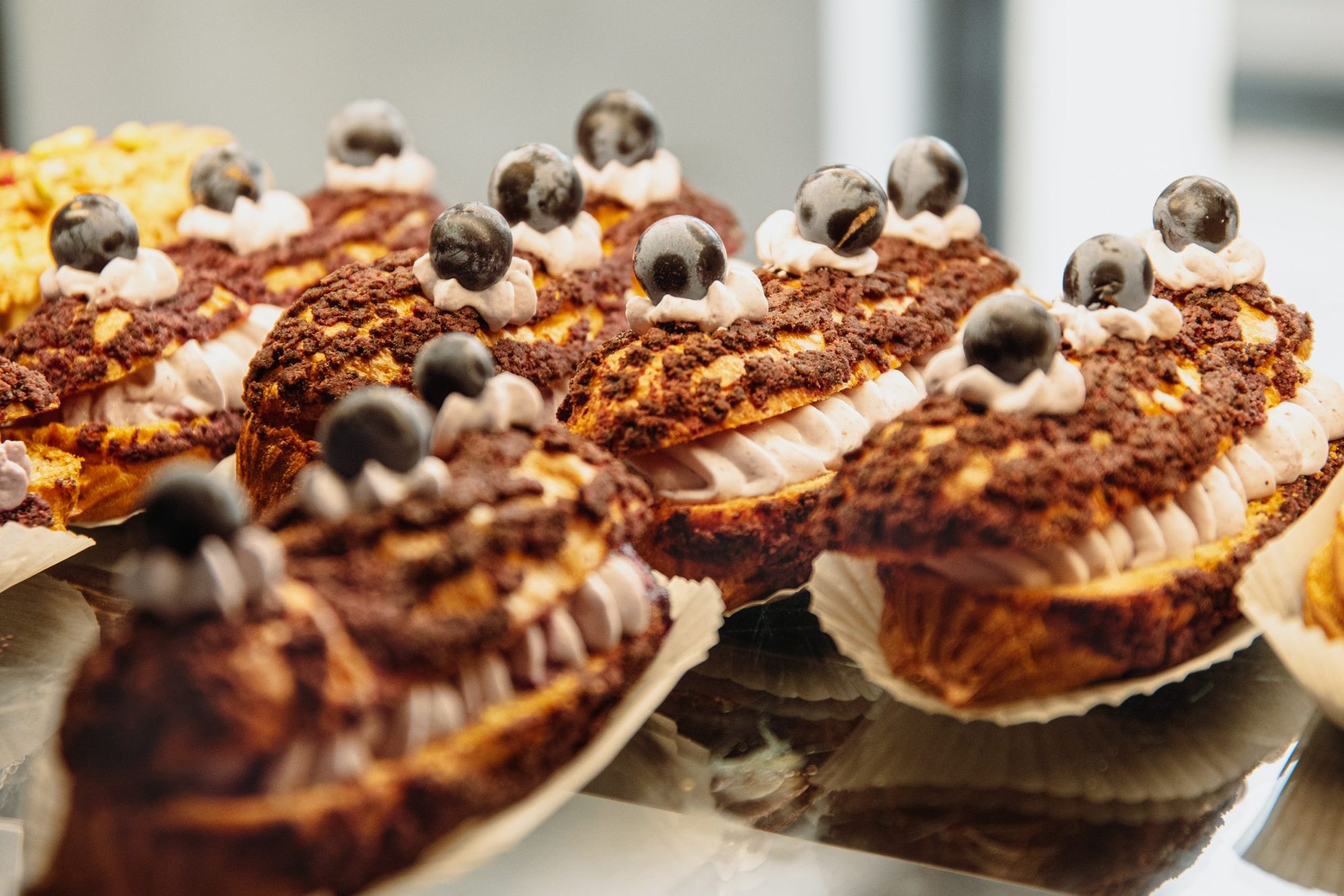

Getting to know these special people and getting a glimpse into their lives is an incredible gift and a great experience. Connecting through food is easy—Mary Lopatto, who was our guide and interpreter at the time of writing, knows this. Masha came to Budapest 11 years ago as a student, with a deep passion for the country—her grandfather had a lot of Hungarian friends in Moscow, so she heard many Hungarian words. As well as falling in love with the language and culture, she quickly became committed to gastronomy. That’s why she organizes special gastronomic tours in Budapest for Russian tourists while working as an anchor for M1 Russian news and co-founder of ZHU & Co. Her aim at the tours is to show the thousand-faced nature of Hungarian gastronomy, so instead of goulash tasting, she invites visitors to a Tokaji aszú harvest, to a hike and picnic with the SALT team, and to a truffle hunt. On these occasions, it becomes clear again and again how much we have in common and how much is yet to be discovered, so I encourage everyone to get to know this world as well.
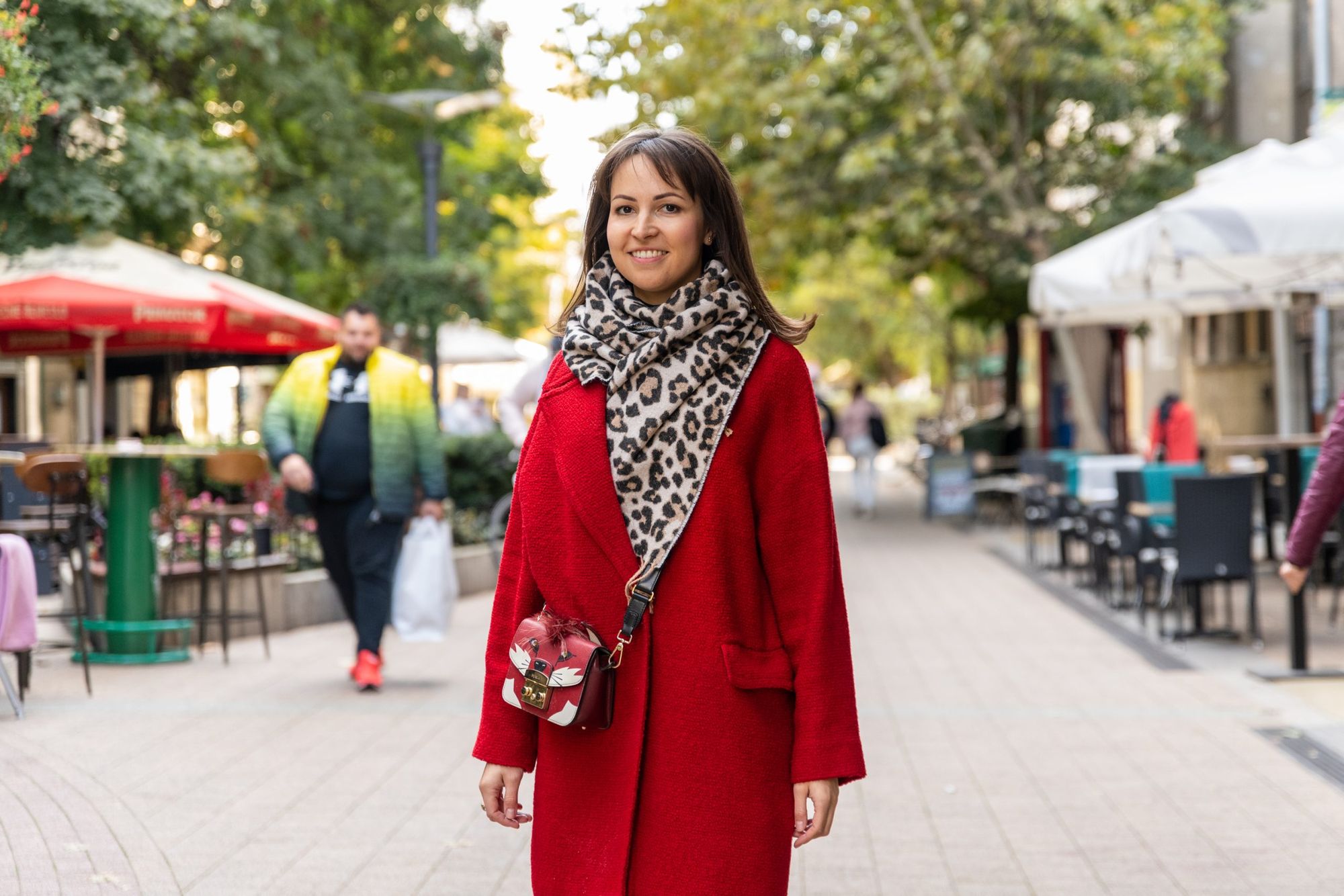
Photos: Krisztina Szalay
Further sources: Magyar Narancs, Wikipedia
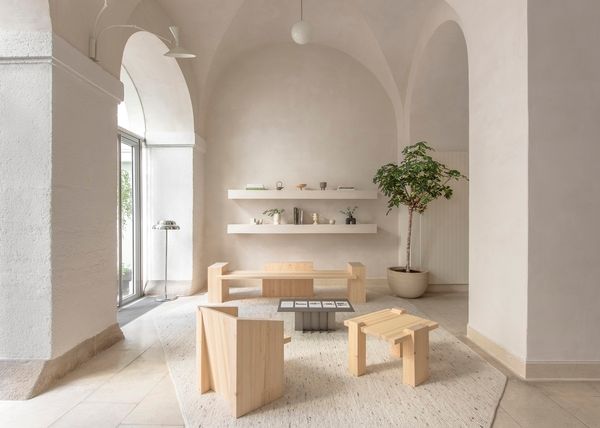
URBA architectural studio opens a new showroom in Vienna
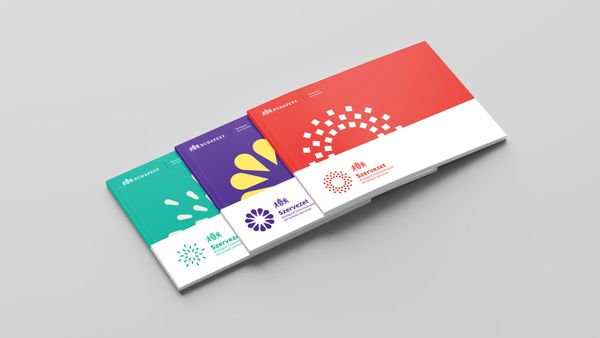
Elevate wins RGB's grand prize with the visual identity of Budapest










